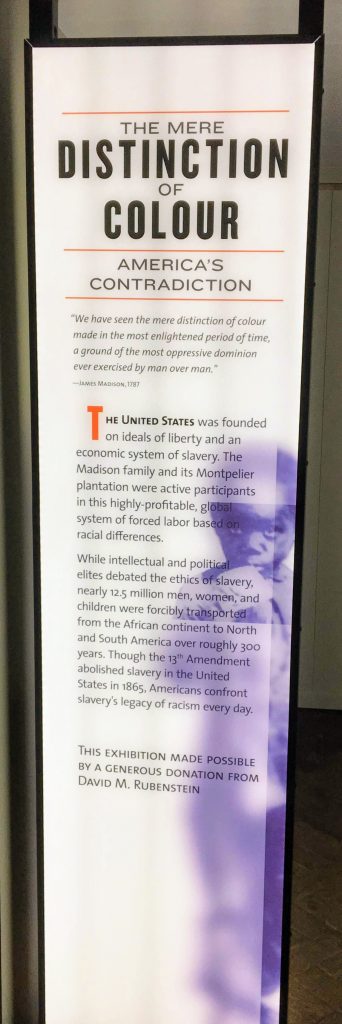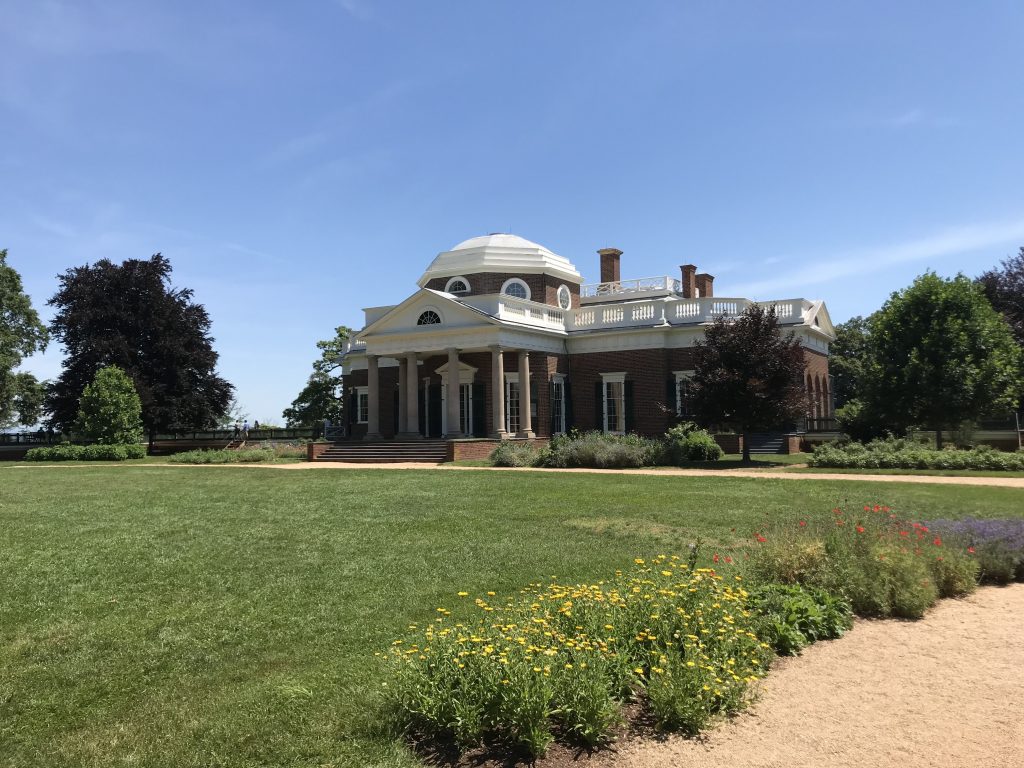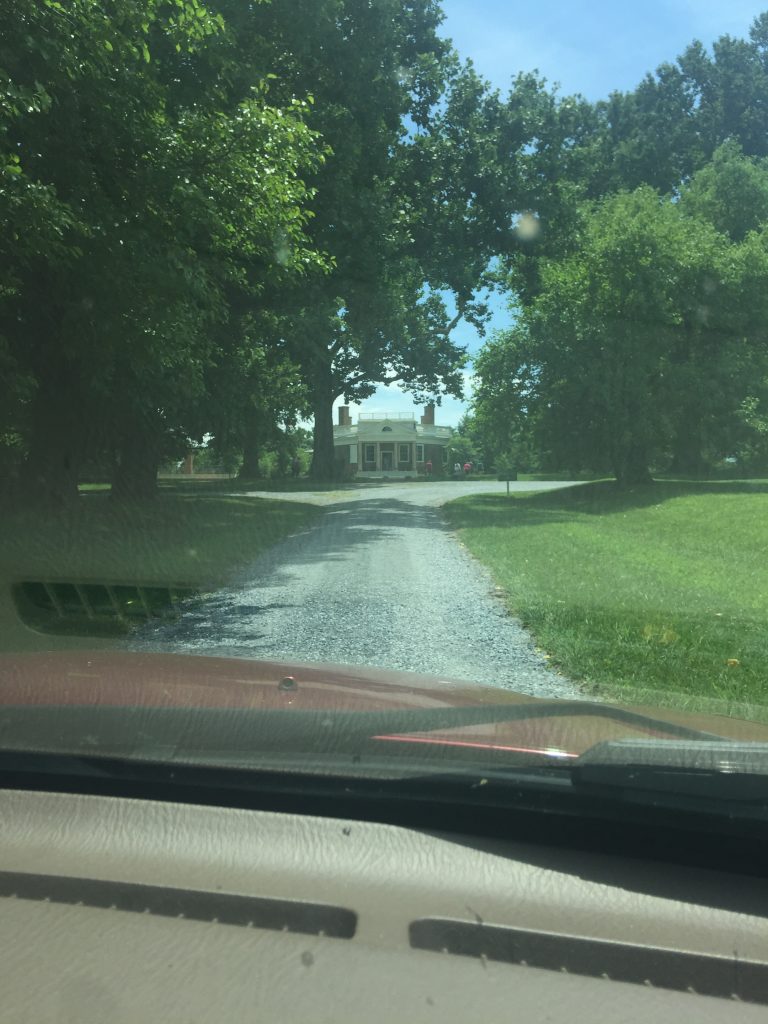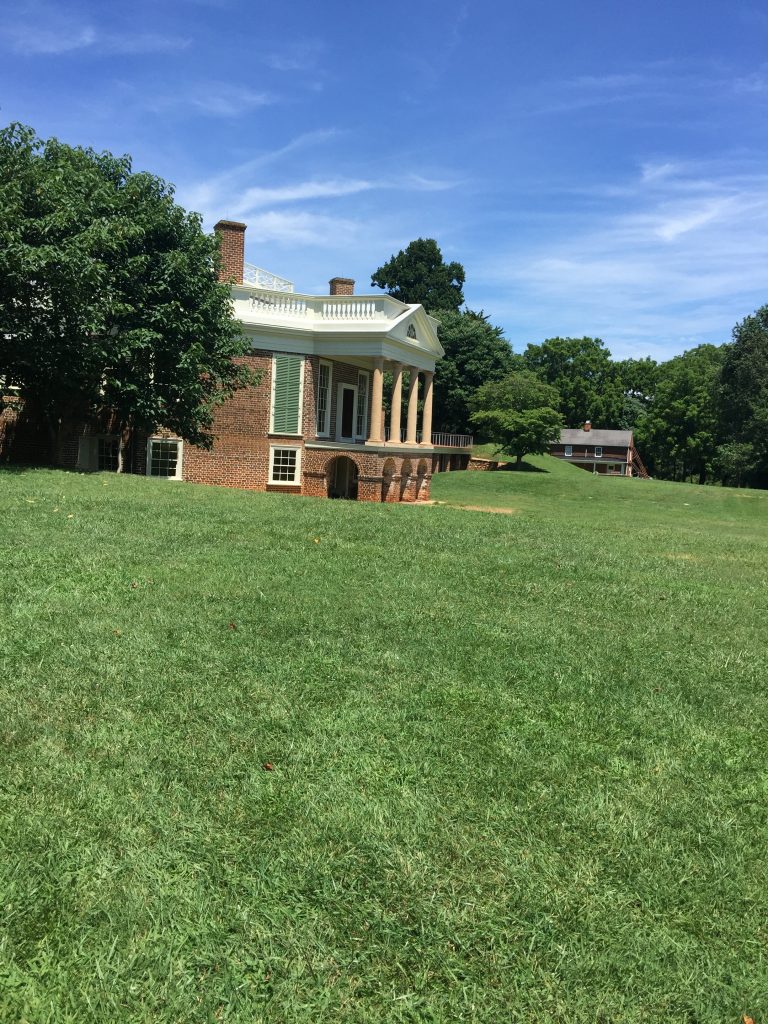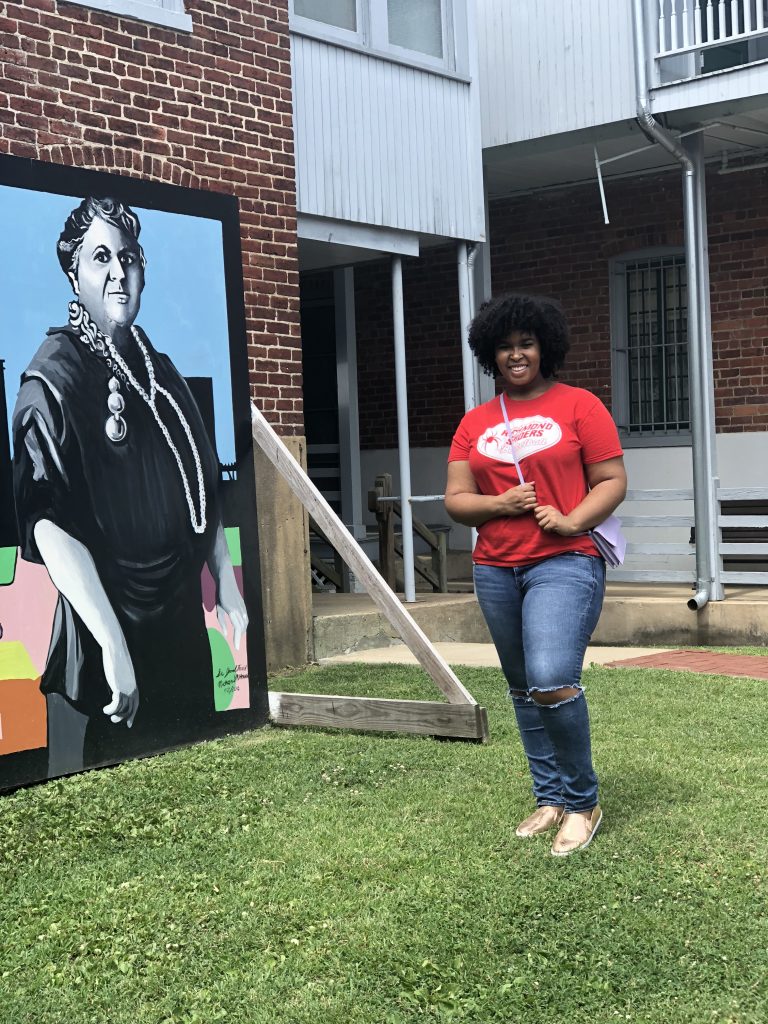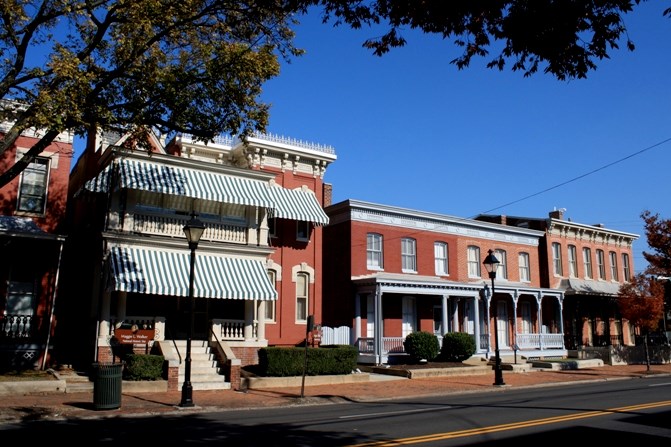by Tucker Shelley
Tucker Shelley is a rising senior at UR from Burlington, Vermont. He is a member of the Theta Chi fraternity on campus. In his free time, Tucker prefers staying active and listening to good music. This is his first summer working on the Race & Racism Project and will continue similar work next semester for Dr. Maurantonio in the “Digital Memory and the Archive” course.
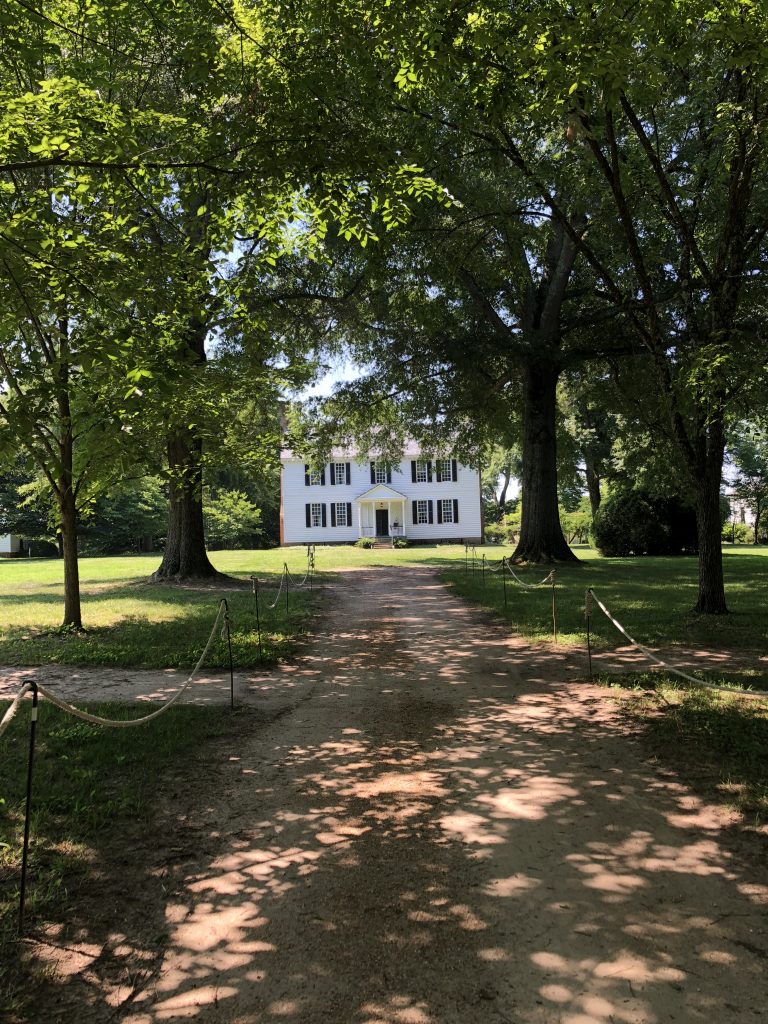 In early July, I took a trip to the Tuckahoe Plantation in Richmond, Virginia. A quick drive from the University of Richmond, the plantation is just down River Road, strategically placed near the banks of the James River. The house was originally built by the Randolphs, a wealthy, large family that was widely respected throughout Virginia in the 1700s. Coming into the tour, I was under the impression that this was a plantation owned by Thomas Jefferson and his family. I have often heard it referred to as the Jefferson plantation and on the website they advertise it as “the boyhood home of Thomas Jefferson.” It came as quite a surprise to me that his family only moved into the house to raise the kids of Thomas Randolph after his and his spouse’s early deaths, as Thomas Randolph and Peter Jefferson, Thomas’ Father, had agreed upon earlier. The tour focused a decent amount on Thomas Jefferson, as that is what gets people to continue visiting.
In early July, I took a trip to the Tuckahoe Plantation in Richmond, Virginia. A quick drive from the University of Richmond, the plantation is just down River Road, strategically placed near the banks of the James River. The house was originally built by the Randolphs, a wealthy, large family that was widely respected throughout Virginia in the 1700s. Coming into the tour, I was under the impression that this was a plantation owned by Thomas Jefferson and his family. I have often heard it referred to as the Jefferson plantation and on the website they advertise it as “the boyhood home of Thomas Jefferson.” It came as quite a surprise to me that his family only moved into the house to raise the kids of Thomas Randolph after his and his spouse’s early deaths, as Thomas Randolph and Peter Jefferson, Thomas’ Father, had agreed upon earlier. The tour focused a decent amount on Thomas Jefferson, as that is what gets people to continue visiting.

